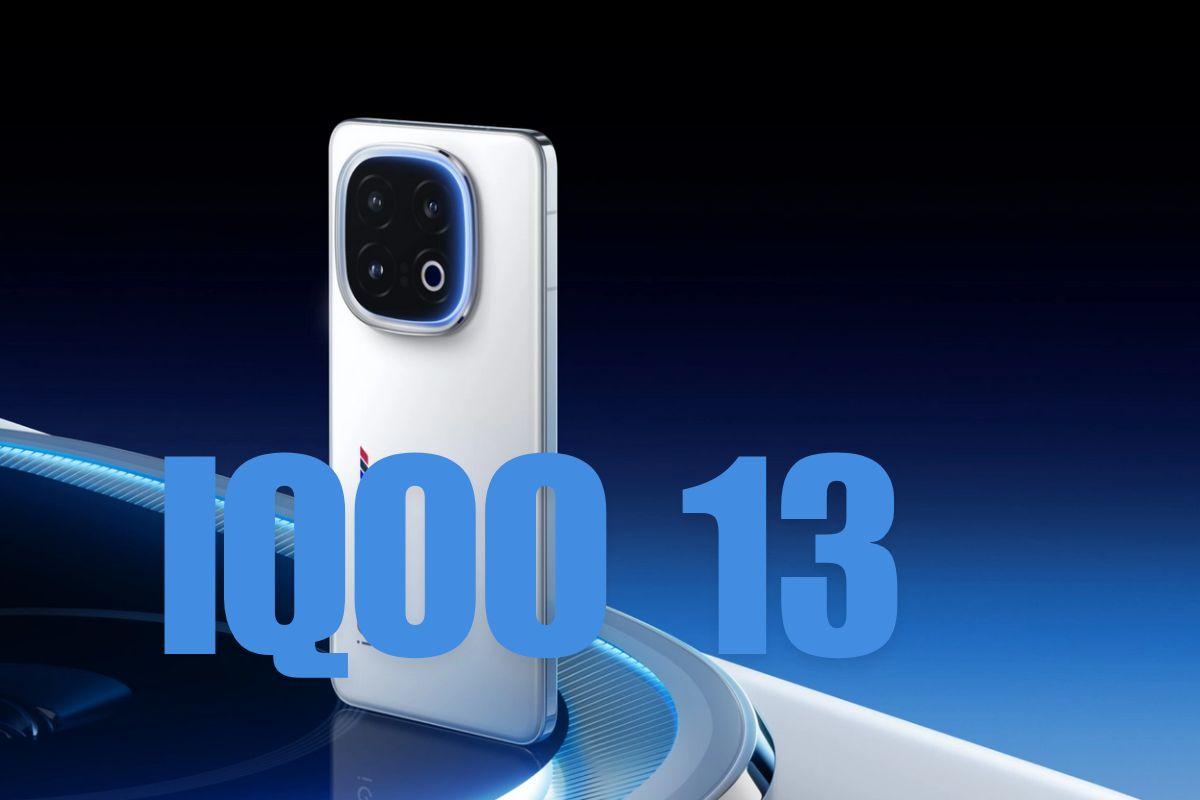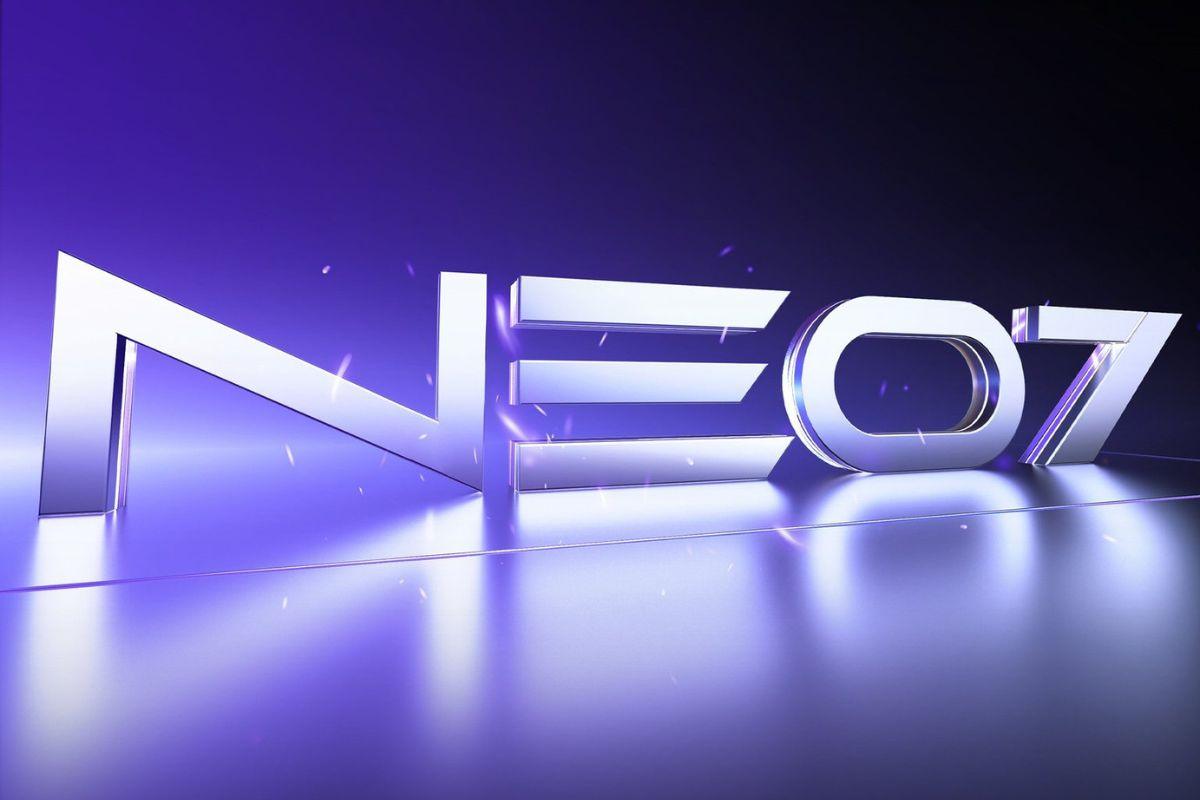Explore the rising competition between quick-commerce unicorn Zepto and retail giant DMart as they vie for a larger share of India’s burgeoning $850 billion grocery market. Discover Zepto’s ambitious plans to surpass DMart’s sales in the next 18-24 months and the key factors driving their growth strategies.
The Indian grocery market is undergoing a seismic shift, with the rapid rise of quick-commerce startups challenging the dominance of traditional retail giants. At the forefront of this battle is Zepto, a quick-commerce unicorn that has set its sights on surpassing the sales of offline retail major DMart in the next 18-24 months.
Zepto’s co-founder and CEO, Aadit Palicha, has boldly claimed that his company’s sales could potentially surpass DMart’s $30 billion in the near future. “DMart is a $30-billion company, and we are only 4.5 times our size in sales. If we are able to execute well, we will continue to grow 2-3 times every year and potentially surpass it in the next 18-24 months,” Palicha said during a recent event.
The Indian Grocery Market: A Lucrative Battleground
The Indian grocery market is a colossal opportunity, estimated to be worth $850 billion by fiscal year 2029, according to Palicha. He believes that the top 50-75 million households in the country’s top 40 cities will account for $400 billion of this market, making them the primary target for both Zepto and DMart.

“Grocery is bigger than all the other categories that Amazon and Flipkart serve combined. If you look at electronics, apparel, furniture, you combine everything, and you double it, it’s still not as large as grocery and household essentials,” Palicha said.
This massive market size, coupled with the rapid growth of e-commerce and changing consumer preferences, has created a perfect storm for quick-commerce startups like Zepto to challenge the dominance of traditional retailers like DMart.
Zepto’s Meteoric Rise: From Zero to $10,000 Crore in Sales
Zepto’s growth trajectory has been nothing short of remarkable. The company, founded in 2021 by Palicha and Kaivalya Vohra, has managed to grow its sales from zero to over ₹10,000 crore (approximately $1.2 billion) in less than three years.
This feat is even more impressive when compared to Flipkart, which took four years to reach the same sales milestone. Palicha attributes Zepto’s rapid growth to its laser-focus on the top 50-75 million households in India’s top 40 cities, which he believes account for the bulk of the country’s grocery and daily essential purchases.
“We have had a crazy journey in the past 3 years. We have gone from zero to Rs 10,000 crore (in sales) in less than 3 years. It is the fastest company in Internet India to do that. Flipkart did it in 4 years. We did it in 2.5 years,” Palicha said.
read more: CEO Aadit Palicha: Zepto Set to Overtake D-Mart in 18–24 Months
Zepto’s Competitive Advantage: The “Hyperlocal Walmart” Model
Zepto’s success can be attributed to its unique “hyperlocal Walmart” model, which leverages a network of dark stores and micro-warehouses to deliver groceries and daily essentials to customers in as little as 10 minutes.
This model is built on five key pillars:
- Darkstores and Micro-warehouses: Zepto operates a network of over 350 dark stores and micro-warehouses across the top 10 cities in India, allowing it to maintain a tight grip on inventory and logistics.
- Super Quick Packaging: Zepto has optimized its packaging and order fulfillment processes to ensure lightning-fast delivery times.
- Internal Structure of the Warehouses: Zepto’s warehouses are designed with efficiency in mind, with strategic placement of products and streamlined workflows to minimize delivery times.
- Incredibly Short Distances to Delivery: By locating its dark stores and micro-warehouses in close proximity to residential areas, Zepto is able to minimize the distance traveled for each delivery, further enhancing its speed.
- Driver’s Familiarity with their Locality: Zepto’s delivery partners are well-versed with the local neighborhoods they serve, allowing them to navigate the streets quickly and efficiently.
This “hyperlocal Walmart” model has enabled Zepto to turn 75% of its stores fully profitable, even as it continues to expand its footprint across the country.
Zepto’s Funding Frenzy and Expansion Plans
Zepto’s impressive growth has not gone unnoticed by investors. The company has raised a staggering $665 million in its Series F funding round, valuing the startup at $3.6 billion.
This latest funding round, co-led by existing investors StepStone Group, Nexus Venture Partners, Glade Brook Capital, Goodwater, and Lachy Groom, as well as new investors Avenir Growth, Lightspeed Venture Partners, and Avra, will be used to fuel Zepto’s expansion plans.
Zepto aims to double its dark store count from the current 350 to over 700 by March 2025, with plans to enter new markets like Jaipur, Chandigarh, and Ahmedabad, while also increasing its presence in existing cities like Mumbai, Delhi, and Bengaluru.
This aggressive expansion strategy is in line with the growth plans of other quick-commerce players in the market, such as Zomato-owned Blinkit, which has also announced plans to open 1,000 stores by March 2025.
DMart’s Formidable Presence and Challenges Ahead
DMart, the offline retail giant, has long been the dominant player in India’s grocery market. With over 300 stores across the country and a strong brand reputation, DMart has established itself as a go-to destination for affordable and reliable grocery shopping.
However, the rise of quick-commerce startups like Zepto poses a significant challenge to DMart’s dominance. Zepto’s ability to deliver groceries in as little as 10 minutes, coupled with its focus on the top 50-75 million households in India’s top cities, could potentially lure away a significant portion of DMart’s customer base.
Moreover, DMart’s traditional brick-and-mortar model may struggle to keep up with the agility and technological advancements of quick-commerce players. Adapting to the changing consumer preferences and the rapid shift towards online grocery shopping will be a crucial test for DMart in the coming years.
The Road Ahead: Zepto’s Ambitious Goals and Potential Pitfalls
Zepto’s ambitious goal of surpassing DMart’s sales in the next 18-24 months is a testament to the company’s confidence in its growth trajectory. Palicha believes that if Zepto continues to execute well, it can realistically grow its top line from the current ₹10,000 crore to a staggering ₹2.5 trillion (approximately $30 billion) over the next 5-10 years.
However, Zepto’s path to dominance is not without its challenges. Expanding to Tier 2 cities, maintaining profitability across all its dark stores, and navigating the operational complexities of white-labeling products are just a few of the hurdles the company will need to overcome.
Additionally, the quick-commerce space is highly competitive, with players like Blinkit, Swiggy Instamart, and Tata’s BigBasket (BB Now) all vying for a larger share of the market. The ability to retain customers and differentiate their offerings will be crucial for Zepto’s long-term success.
Nonetheless, Zepto’s strong execution, experienced leadership team, and the growing customer trust in internet-based services have positioned the company well to capitalize on the burgeoning Indian grocery market. As the battle for grocery dominance intensifies, the outcome of the Zepto vs. DMart showdown will undoubtedly shape the future of India’s retail landscape.
Discover more from RVCJ News Media
Subscribe to get the latest posts sent to your email.












1 thought on “Zepto vs DMart: The Battle for India’s Grocery Dominance”